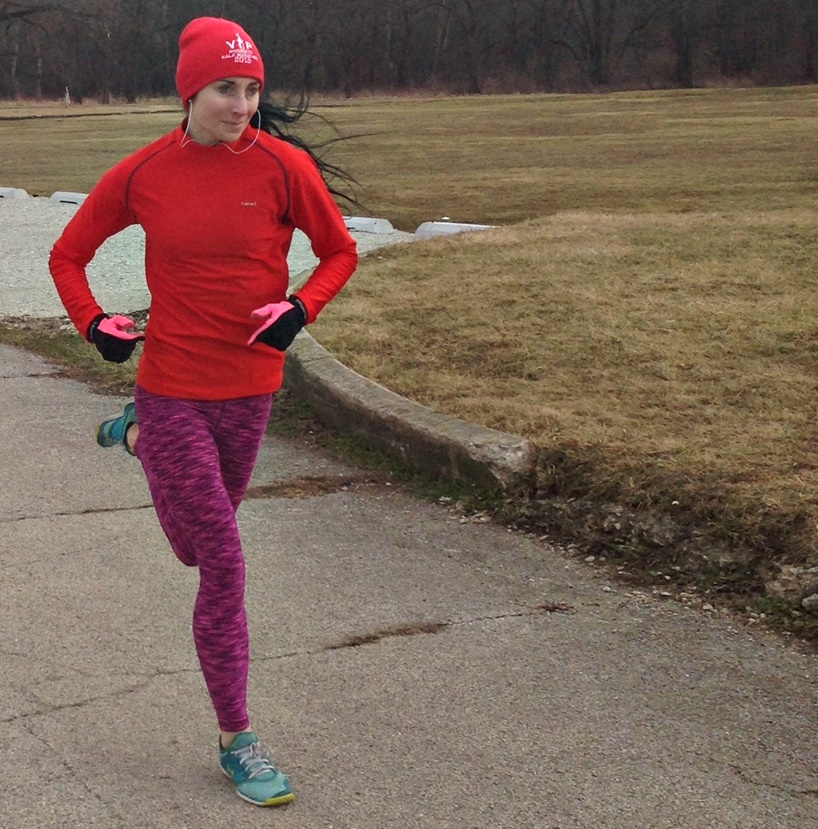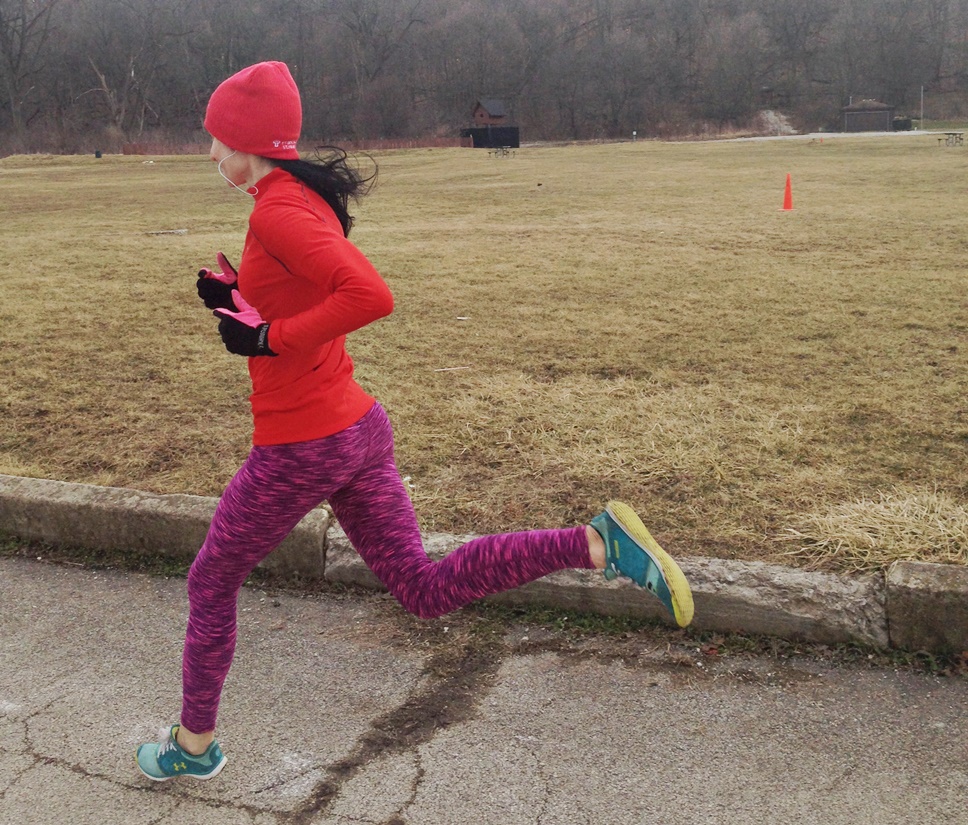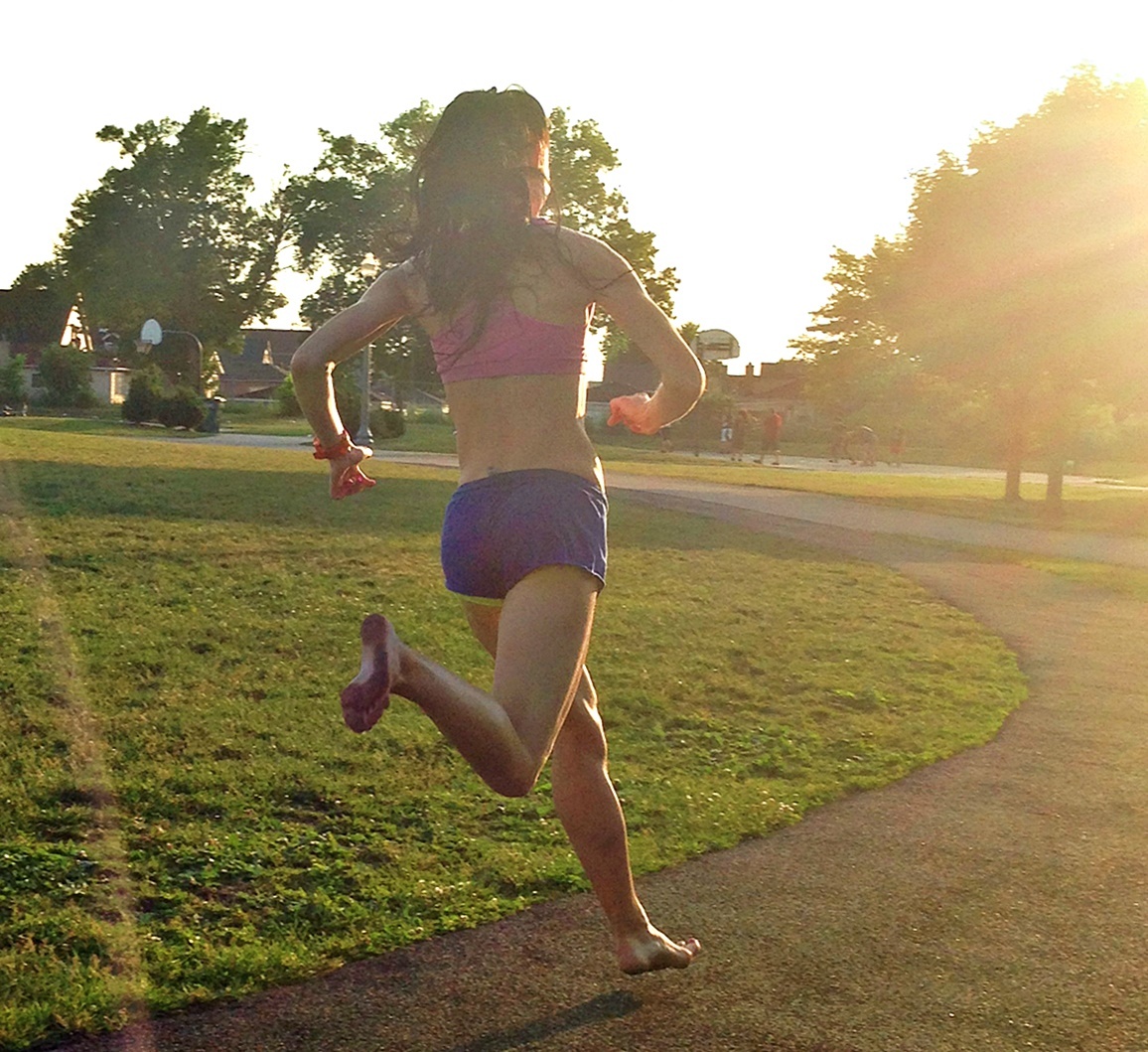Many runners brake when they run, that is because most runners heel strike, a landing style associated with a greater brake or deceleration period. Turns out, the time spent decelerating may influence running economy (Moore, 2016), this is because high forces are produced when the deceleration period is long, more energy is needed and my result in loss of speed. And, because forces are high during long braking, experts advise runners to avoid heel striking when running as the brake force generated at heel strike also crushes the knee-joint, causing runners knee as well as hip bursitis.
The most common way to avoid a long brake force is to run with a forefoot strike because in addition to stride length being slightly shorter and cadence being higher in forefoot running, the hip-joint helps reduce braking.

Less Braking in Forefoot Running Saves Energy
In forefoot running, especially when barefoot, the hip joint is more extended (hip extension) throughout stance (shown below) which helps minimize braking as compared with heel strike running.
For example, McCarthy et al. found that increased hip extension during stance was associated with a short braking period in forefoot running, suggesting that forefoot running can be taken into consideration when it comes to preventing injuries.

Barefoot is Better on the Hips
Intriguingly, the researchers noticed that barefoot runners used their hips more effectively because they showed greater hip extension during stance –the increased hip extension might have something to do with the increased proprioception that comes with being barefoot.

Click here to learn more about what proprioception is and how it boosts mechanical efficiency when you run.
Why Proprioception
Proprioceptors have intimate connections with the hip joint, as well as the knee and ankle joint.
During barefoot running, increased proprioception effectively mediates hip flexion by activating sensorial nerve networks in the hip joint, which increases activation of the hip musculature. Running shoes interfere with these connections by dampening proprioception, causing hip extension to be less, which is why many shod runners brake when they run.
Evidently, the results from the current study imply that proprioception is the neural equipment we must rely on to optimize hip joint kinematics during forefoot running. Likewise, the fact that increased hip extension is an adaptive response to barefoot running, suggests that exercises that target hip extension might not be needed. That is, barefoot running training can be an effective means of improved hip extension in minimalist shoes.
Another way to increase hip extension during stance of shod-forefoot running is to run faster than your target pace, meanwhile be sure to relax your hips to prevent a ‘tight’ stride.
More From Run Forefoot:
Run Better – Should forefoot runners use compression socks?
Heel Pain Running – Find out what heel strike running does to the precious heel pad.
Knee Complications – Learn how to protect your knees while you run.
Examples of Forefoot Running Shoes – Really cool running shoes for forefoot runners.
References:
McCarthy et al. Barefoot running and hip kinematics: good news for the knee? Med Sci Sports Exerc, 2014; 47(5):1009-16.
Moore, IS. Is There an Economical Running Technique? A Review of Modifiable Biomechanical Factors Affecting Running Economy. Sports Med, 2016;46:793-807.
Bretta Riches
BSc Neurobiology; MSc Biomechanics candidate, ultra minimalist runner & founder of RunForefoot. I was a heel striker, always injured. I was inspired by the great Tirunesh Dibaba to try forefoot running. Now, I'm injury free. This is why I launched Run Forefoot, to advocate the health & performance benefits of forefoot running and to raise awareness on the dangers of heel striking, because the world needs to know.
Latest posts by Bretta Riches (see all)
- Can You Run In Barefoot Shoes? Yes, But DON’T Heel Strike! - 21/07/2024
- Why Cushioned Running Shoes Are Really Bad for Your Feet - 19/07/2024
- Do Cushioned Running Shoes Cause Injuries? - 17/07/2024

Leave a Reply